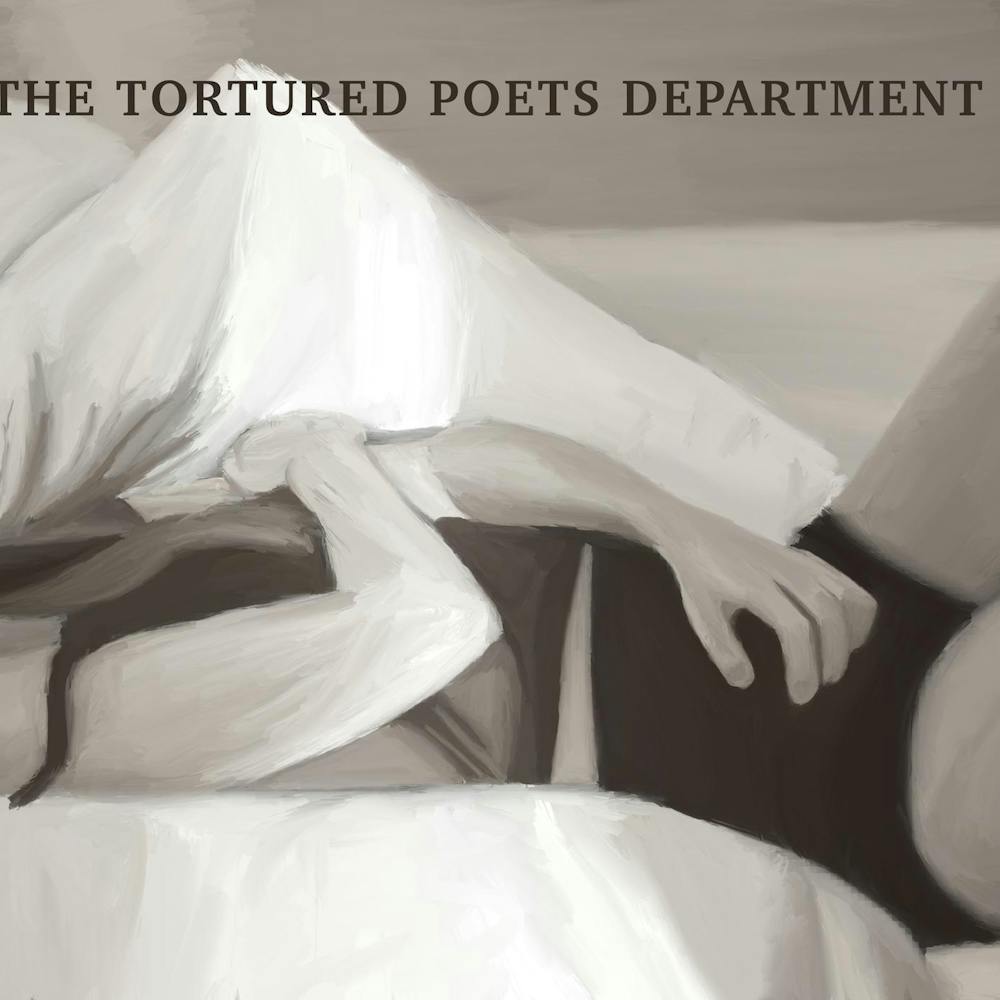Peter McCubbin said there are few things he enjoys more than an afternoon walk around campus. During such a walk, the psychology sophomore, who has low-partial blindness, listens to the flow of traffic and crosswalk countdowns while using his cane to feel for warning strips at the edge of the sidewalks.
“Sometimes I rely on them mainly because I’m very lazy,” McCubbin said. “It’s good for lazy days. It’s there for me, but I don’t need it. But I utilize it because it’s there.”
Small bumps on the warning strips and the crosswalk recordings are some of many efforts made by university officials to accommodate the blind and visually impaired community at MSU, said Michael Hudson, director of the Resource Center for Persons with Disabilities.
Whether it be in the classroom or on the streets, Hudson, who is blind, said MSU has remained ahead of the curve when it comes to making the campus an accessible place for those with disabilities.
“MSU has been a leader with different accessibility features because of the people working with disabilities to help ensure that others with disabilities have a level playing field,” he said. “We are trying to incorporate accessibility in all aspects of campus life.”
For Wonsun Seo, a legally blind doctoral student studying education, the audio system that announces destinations and transfer points on Capital Area Transportation Authority, or CATA, makes his commute easier. He goes by Sunny Wonsun.
Wonsun said he has been taking the bus almost every day since he came to MSU in 2006.
“I don’t have a bus hailing kit, so sometimes I get on the wrong bus,” Wonsun said. The kits include a remote control that speaks the route number to visually impaired passengers.
Not all buses have the announcement, and relying on help from other passengers or the bus driver isn’t always helpful.
“Sometimes, they’re not very nice,” Wonsun said. “One time I asked, ‘Is this number 30?’ and he told me, ‘Hey, can’t you see the number?’ I said I am visually impaired and he still never told me which number it was.”
Pat Gilbert, CATA director of marketing, said CATA’s main goal is to provide the diverse group of people who rely on their services with a welcoming environment.
“We work hard to remain as accessible as possible to those individuals who rely and depend on us to get them to medical appointments and work and school and anywhere life takes them,” Gilbert said.
The only thing CATA is required to do for the blind and visually impaired community is announce routes and destinations, Hudson said.
“They could have the driver do that, but they have gone above and beyond by employing this technology,” he said.
While McCubbin feels more independent when he is not relying on outdoor technologies to remain mobile, there are two devices he said he would be lost without — Job Access with Speech and the BrailleNote.
Job Access with Speech is a computer program the resource center encourages blind and visually impaired students to take advantage of, Hudson said.
“This program lets me use hot keys and shortcuts of all sorts instead of a mouse because the arrow is way too small to see,” McCubbin said.
The BrailleNote is similar to a personal digital assistant McCubbin uses to take notes in class and study.
“I can type in anything and it turns into Braille,” he said.
The resource center makes the BrailleNote, among other software, available for students to check out at their convenience.
Support student media!
Please consider donating to The State News and help fund the future of journalism.
“We have tried to purchase more leading-edge technology in small quantities to let students experience the tools and see if they meet their needs,” Hudson said.
The resource center’s partnership with university officials is the main reason it’s been able to accomplish so much, Hudson said.
“We have an upper administration that values inclusion and supports the efforts of the Resource Center for Persons with Disabilities,” he said.
Discussion
Share and discuss “Technology guides blind” on social media.






